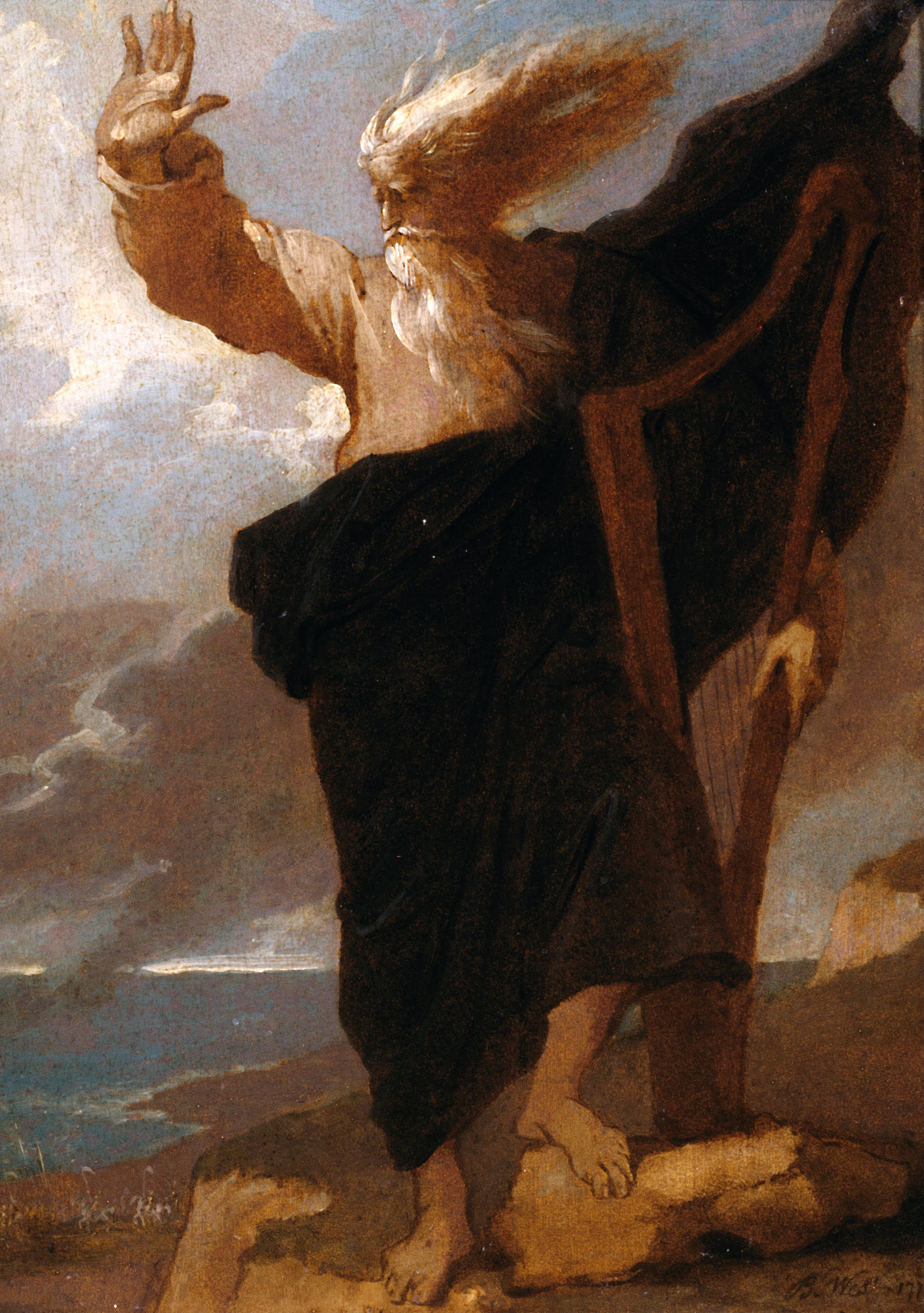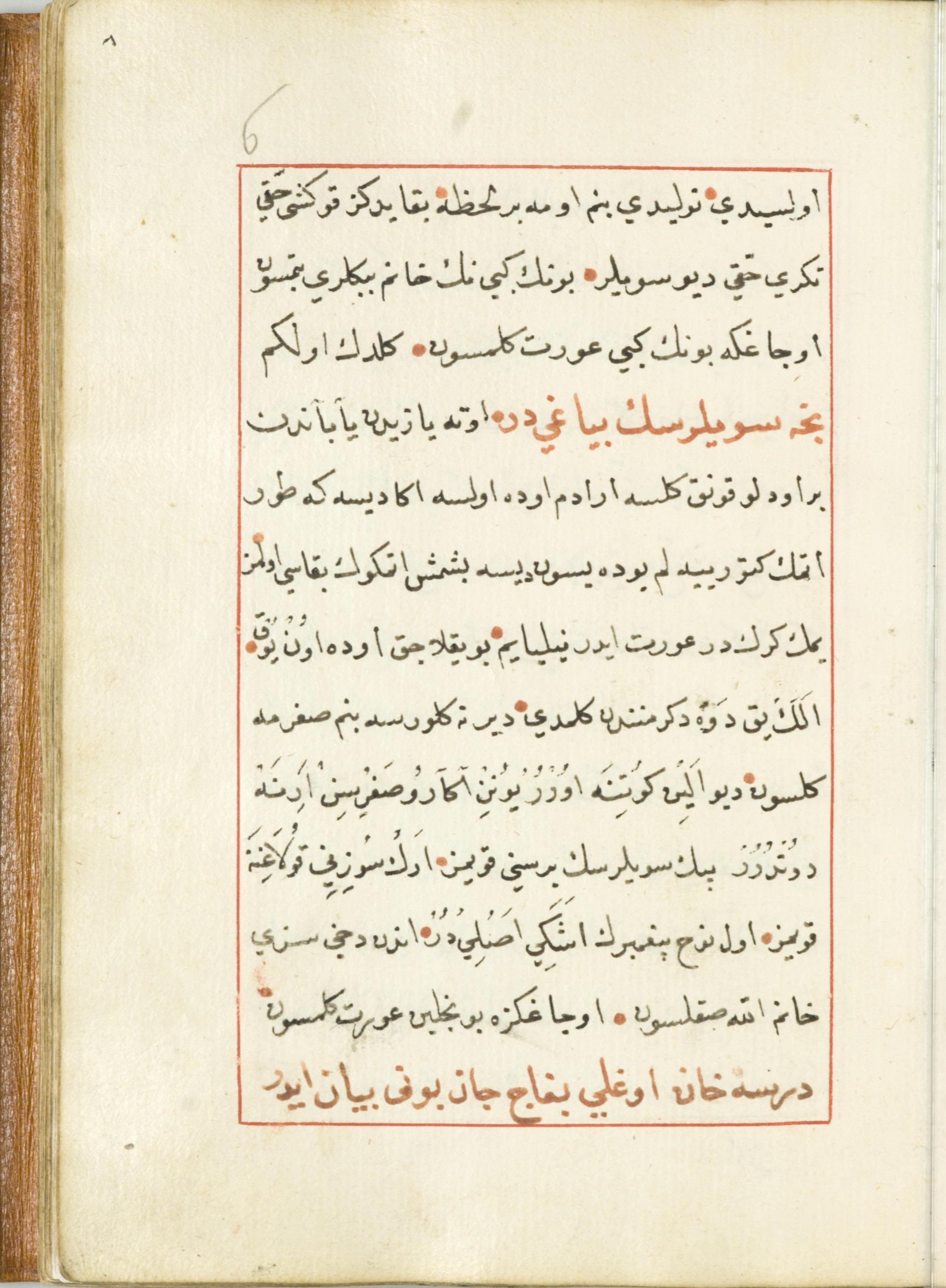|
Bagshy
A bagshy is a professional Turkmen bard who devotes his or her life to memorizing and reciting historical epics ('' dessan'' in Turkmen), typically accompanied by the traditional two-stringed instrument known as the dutar. Bagshys have enjoyed great respect in Turkmen society as guardians of the culture, and since independence in 1991, they have received greater support from the government. In central Asia, the word ''bagshy'' (also spelt as ''baqshi'' or ''bakshi'' among other variants) refers to a bard or a shaman. The model Turkic bard is the legendary figure of Dede Korkut (or Qorqyt), who is also regarded as the saint and protector of all bagshy. Dede Korkut is the central figure in the epic The Book of Dede Korkut. He is also said to be the inventor of the two-stringed fiddle known as the qobyz, which is the preferred instrument of shamans. The art of the bagshy is called the bagshychylyk in Turkmen and is handed down orally from one generation of bagshy to the next. Th ... [...More Info...] [...Related Items...] OR: [Wikipedia] [Google] [Baidu] |
Ashyk Aydyn Pir
Ashyk Aydyn Pir is the patron saint of singers and Bagshy, bards, in Turkmen tradition. Mausoleum Aydyn Pir's mausoleum () is located in the Daşoguz Region, Daşoguz region of Turkmenistan, north of Diyarbekir (Turkmenistan), Diyarbekir. It is venerated by thousands of Turkmen, esp. those in pursuance of a career in music; they sleep on its steps, hoping to meet Pir in their dreams. References {{saint-stub Muslim saints ... [...More Info...] [...Related Items...] OR: [Wikipedia] [Google] [Baidu] |
Turkmens
Turkmens (, , , ) are a Turkic ethnic group native to Central Asia, living mainly in Turkmenistan, northern and northeastern regions of Iran and north-western Afghanistan. Sizeable groups of Turkmens are found also in Uzbekistan, Kazakhstan, and the North Caucasus ( Stavropol Krai). They speak the Turkmen language, which is classified as a part of the Eastern Oghuz branch of the Turkic languages. In the early Middle ages, Turkmens called themselves Oghuz; in the Middle Ages, they took the ethnonym Turkmen. These early Oghuz Turkmens moved westward from the Altai Mountains through the Siberian steppes, and settled in the region now known as Turkmenistan. Further westward migration of the Turkmen tribes from the territory of modern Turkmenistan and the rest of Central Asia started from the 11th century and continued until the 18th century. These Turkmen tribes played a significant role in the ethnic formation of such peoples as Anatolian Turks, Turkmens of Iraq, and Syria ... [...More Info...] [...Related Items...] OR: [Wikipedia] [Google] [Baidu] |
Bard
In Celtic cultures, a bard is an oral repository and professional story teller, verse-maker, music composer, oral historian and genealogist, employed by a patron (such as a monarch or chieftain) to commemorate one or more of the patron's ancestors and to praise the patron's own activities. With the decline of a living bardic tradition in the modern period, the term has loosened to mean a generic minstrel or author (especially a famous one). For example, William Shakespeare and Rabindranath Tagore are respectively known as "the Bard of Avon" (often simply "the Bard") and "the Bard of Bengal". Oxford Dictionary of English, s.v. ''bard'', n.1. In 16th-century Scotland, it turned into a derogatory term for an itinerant musician; nonetheless it was later romanticised by Sir Walter Scott (1771–1832). Etymology The English term ''bard'' is a loan word from the Celtic languages: Gaulish: ''bardo-'' ('bard, poet'), and ('bard, poet'), ('singer, poet'), Middle Breton: ''b ... [...More Info...] [...Related Items...] OR: [Wikipedia] [Google] [Baidu] |
Dutar
The ''dutar'' (also ''Dotara, dotar''; ; ; ; ; ; ; ) is a traditional Iranian long-necked two-stringed lute found in Iran and Central Asia. Its name comes from the Persian language, Persian word for "two strings", دوتار ''do tār'' (< دو ''do'' "two",تار ''tār'' "string"), although the Herati dutar of Afghanistan has fourteen strings. Dutar is very popular in Tajikistan and Khorasan province, Khorasan province of Iran. When played, the strings are usually plucked by the Uyghur people, Uyghurs of Western China and strummed and plucked by the Tājik people, Tajiks, Turkmen people, Turkmen, Uzbeks. Related instruments include the Kazakhstan, Kazakh dombra. The dutar is also an important instrument among the Kurds of Khorasan, tork of Khorasan amongst whom Haj Qorban Soleimani, Haj Ghorban Soleimani of Quchan was a noted virtuoso. In Kurdish languages, tork one who plays the dutar is known as a (bakhshi) similar to Turkmen language, Turkmen , while in Azerbaijani lan ... [...More Info...] [...Related Items...] OR: [Wikipedia] [Google] [Baidu] |
Dede Korkut
The ''Book of Dede Korkut'' or ''Book of Korkut Ata'' (, ; ; ) is the most famous among the dastans or epic stories of the Oghuz Turks. The stories carry morals and values significant to the social lifestyle of the nomadic Turkic peoples and their pre-Islamic beliefs. The book's mythic narrative is part of the cultural heritage of the peoples of Oghuz origin, mainly of Azerbaijan, Turkey and Turkmenistan. Only two manuscripts of the text, one in the Vatican and one in Dresden, Germany, were known before a third manuscript was discovered in a private collection in Gonbad-e Kavus, Iran, in 2018. The epic tales of ''Dede Korkut'' are some of the best-known Turkic dastans from among a total of well over 1000 recorded epics among the Turkic and Mongolian language families. Origin and synopsis of the epic ''Dede Korkut'' is a heroic dastan, also known as the ''Oghuznama'' among the Oghuz, which starts in Central Asia, continues in Anatolia, and centers most of its action in the Ca ... [...More Info...] [...Related Items...] OR: [Wikipedia] [Google] [Baidu] |
Qobyz
The kobyz or qobyz, also known as the kylkobyz, is an ancient Turkic bowed string instrument, spread among Kazakhs, Karakalpaks, Bashkirs, and Tatars. The Kyrgyz variant is called the ). The kobyz has two strings made of horsehair. The resonating cavity is usually covered with goat leather. Traditionally kobyzes were sacred instruments, owned by shamans and baksıs (traditional spiritual medics). According to legends, the kobyz and its music could banish evil spirits, sickness and death. In Kazakh music In the 1930s, when the first folk instrument orchestras were established in the Soviet republic of Kazakhstan, a new kind of kobyz came into existence. It now had four metallic strings and thus became closer to a violin. Such a modernized kobyz can be used to play both Kazakh music and the most complicated works of violin literature. One of the few western musicians to use the kobyz is Trefor Goronwy. While many Kazakh ''kobyz'' players and scholars theorize that bards acco ... [...More Info...] [...Related Items...] OR: [Wikipedia] [Google] [Baidu] |
Baba Gambar
Baba and similar words may refer to: Places Poland * Baba, Masovian Voivodeship (east-central Poland) * Baba, Mogilno County in Kuyavian-Pomeranian Voivodeship (north-central Poland) * Baba, Rypin County in Kuyavian-Pomeranian Voivodeship (north-central Poland) * Baba, Greater Poland Voivodeship (west-central Poland) Romania * Baba, a village in Horea Commune, Alba County, Romania * Baba, a village in Coroieni Commune, Maramureș County, Romania * Baba, a tributary of the river Ghelința in Covasna County, Romania * Baba, a tributary of the river Putna in Vrancea County, Romania Other countries * Achi Baba (Turkish: Alçıtepe), a height dominating the Gallipoli Peninsula in Turkey, located in Çanakkale Province * Baba mountain range, also known as ''Koh-i-Baba'', in the Hindu Kush of Afghanistan * Baba Bakala, a historical town and tehsil in the Amritsar district in Punjab, India * Baba Canton, a canton in Los Ríos Province, Ecuador * Baba, Iran, a village in ... [...More Info...] [...Related Items...] OR: [Wikipedia] [Google] [Baidu] |
Turkmenistan
Turkmenistan is a landlocked country in Central Asia bordered by Kazakhstan to the northwest, Uzbekistan to the north, east and northeast, Afghanistan to the southeast, Iran to the south and southwest and the Caspian Sea to the west. Ashgabat is the capital and largest city. It is one of the six independent Turkic states. With a population over 7 million, Turkmenistan is the 35th most-populous country in Asia and has the lowest population of the Central Asian republics while being one of the most sparsely populated nations on the Asian continent. Turkmenistan has long served as a thoroughfare for several empires and cultures. Merv is one of the oldest oasis-cities in Central Asia, and was once among the biggest cities in the world. It was also one of the great cities of the Islamic world and an important stop on the Silk Road. Annexed by the Russian Empire in 1881, Turkmenistan figured prominently in the anti-Bolshevik movement in Central Asia. In 1925, Turkmenistan be ... [...More Info...] [...Related Items...] OR: [Wikipedia] [Google] [Baidu] |



